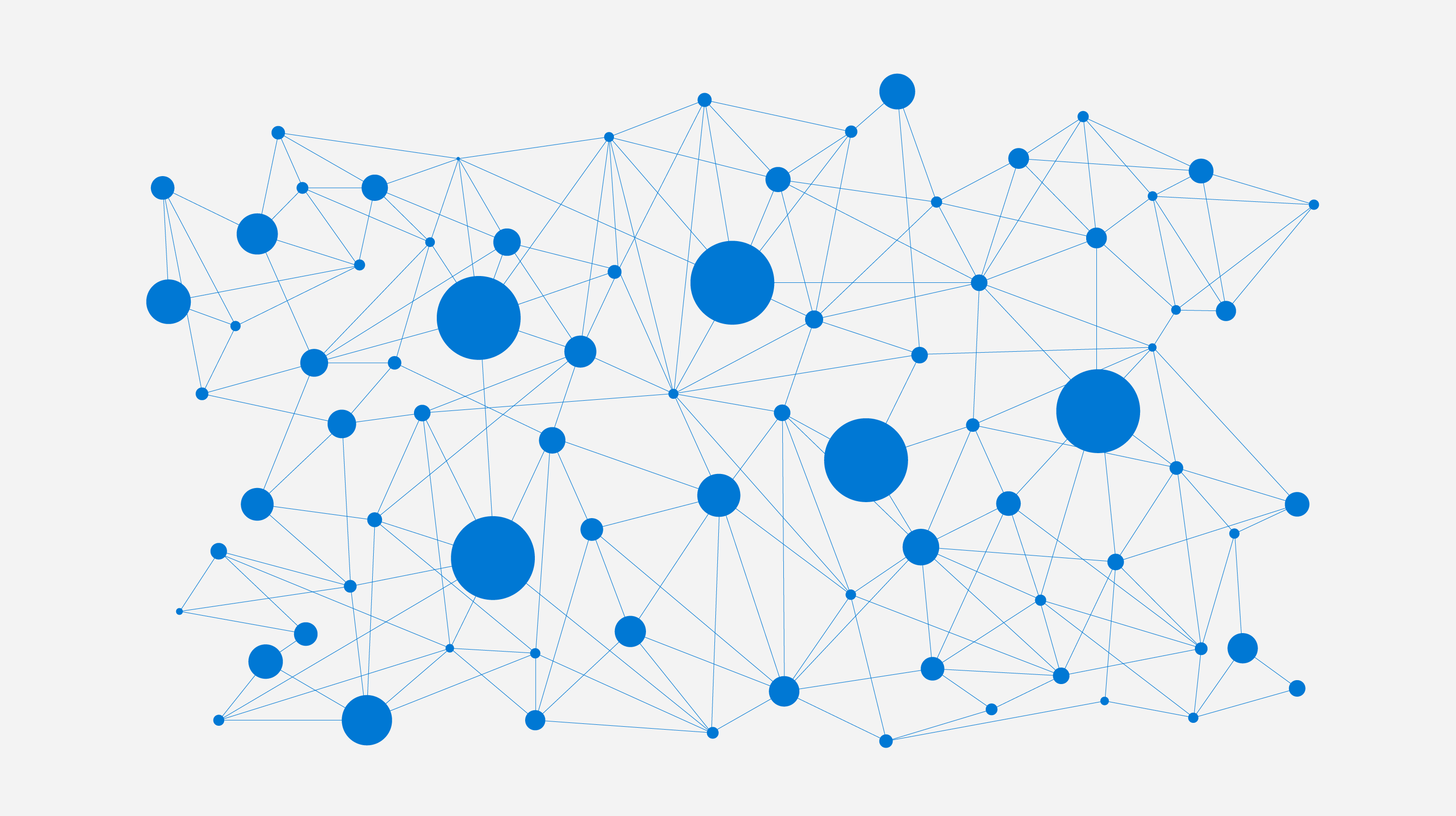
Why lagging indicators are insufficient measurements of success
What do lipstick, scrap metal, and cardboard boxes have in common?
They aren’t the components for some weird new drone, nor are they a bizarre new fashion trend. No, they can all do something people have sought to do since time immemorial - they can predict the future.
Specifically, business leaders and policy makers have tracked these benign and seemingly unrelated items as leading economic indicators to better predict where the market is heading. Their shifts in price, orders, and sales can be combined and analyzed in larger data sets to signal impending demand fluctuations in the overall economy.
For example, sales of self-care items, like mascara and lipstick, tend to increase in times of national economic stress, as women aren’t able to afford large-ticket items but still wish to make smaller purchases to improve their daily lives.
The Absence of Real-Time Data in Today’s Businesses
Why do businesses rely so heavily on past performance metrics like quarterly revenue numbers and historical stock prices to make forecasts? Two reasons: the lack of real-time data and the absence of a reliable way to make that data useful. I argue that organizations need to better understand performance metrics through real-time data to make business decisions in order to effectively compete in today’s global marketplace. Large corporations can take a cue from the nimble startup world just because organizations are big doesn’t mean they should be stuck in the past.
Yes, the past provides comfort and certainty, but also supplies a set of data that won’t ever change again. Previous generations of business leaders in relatively data-poor worlds have left behind a legacy of lagging indicators: quarterly reports, year-ago comparisons, and historical trends. These were great at defining the “was”, but not so helpful for describing the “is” and “will be.”
Big Data is changing all that by helping business leaders make better business decisions on-the-fly. Before Big Data, CEOs could only examine company success from historic data, but the enterprise of the future demands real-time intelligence that incorporate dynamic inputs like employee performance, internal networks, and even social media. Companies who want to improve their business outcomes can now become more dynamic and forward-looking. The emerging field of predictive analytics – capitalizing on data patterns – has enabled companies to get a clearer glimpse of the future and take action quicker to gain a competitive edge.
So how are big brands using predictive analytics to improve performance? The National Football League schedules compelling match-ups on the best days by analyzing data faster. The dating site eHarmony extracts insights from member behavior data to deliver more personalized messages and improve its matching algorithm. Telecom giant Qualcomm consolidates large data warehouses to lower costs and make advanced analytics simpler, faster and more accessible. These are but a few of the well-known brands using big data to improve and enhance performance.
Lagging Vs. Leading Indicators for Business Decisions
More industries are getting on board with leading indicators – the ones that can help anticipate performance and business outcomes. Sports teams have always assumed that winning and good weather improve attendance. With better data and some experimentation, teams began a few years ago to test those assumptions and can now predict how many tickets they will sell for an event, and even what prices they should charge, based on a number of factors including the weather.
Manufacturers now have more real-time data available than ever to let production teams understand throughput and production line efficiency. Some managers are now using that same data to understand when equipment might fail, and adjust maintenance schedules to avoid expensive downtime.
Managers and executives are looking for the ability to drive their business the way most of us drive our cars, with a navigation system telling us about traffic, arrival times, and alternate routes. Gone are the days when they were willing to drive their business forward into the fog of uncertainty while looking in the rearview mirror for guidance.
That is the pressing challenge for businesses and for software developers. The data and desire are there, as the experimentation of sports teams and manufacturers and many others show. The missing links are the platforms which put the right data, the right leading indicators, in the hands of decision makers in real time. This means taking the telemetry data of your business and putting it into gauges and maps that let you lead and make decisions with confidence.
With the advent of platforms built around internal predictive analytics, companies can also turn their newfound forecasting power inward. The behavior of teams – how they spend their time, with whom, and on what activities – across different functions and regions can provide managers a set of leading indicators about team performance and how it might impact business outcomes. They can see when the sands are shifting and whether they need to take action.
Predicting the future will never be perfect, but the attempt to better understand real-time company performance is necessary. Predicting how outcomes and behaviors influence business results becomes easier when you have a continuous stream of consistent, reliable data and a platform that enables you to make decisions in real time. Managers and executives no longer need to wait for the next periodic report, stuffed full of lagging indicators, to find out what happened. Leading indicators let you base your business decisions on what is happening and what will happen. Without them, you are just putting lipstick on a pig.





